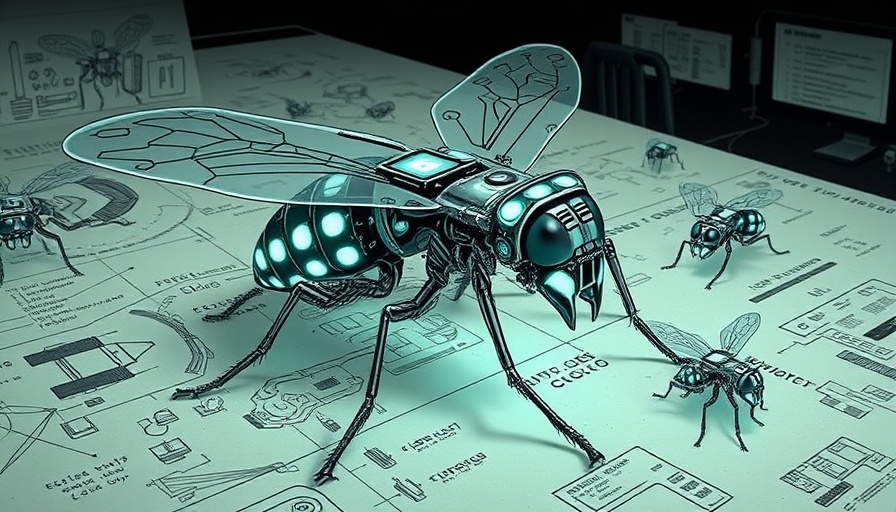
Revolutionizing Search and Rescue Operations with AI-Driven Cyborg Insects
In a groundbreaking development, scientists at Nanyang Technological University (NTU Singapore) have unveiled the world's first automated assembly line for cyborg insects, marking a significant leap forward in search and rescue capabilities. Through the innovative use of an AI-powered robot, researchers can now transform Madagascar hissing cockroaches into insect-hybrid robots equipped with miniature electronic backpacks, ready to navigate disaster zones.
Speed and Precision: A New Era for Insect-Hybrid Robots
The new robotic assembly system operates with remarkable efficiency, attaching electronic backpacks to individual cockroaches in just over one minute—exponentially faster than conventional manual methods, which often take over an hour. Professor Hirotaka Sato, leading this ambitious project, notes that such automation is essential for large-scale deployments during critical, time-sensitive missions. "This innovation makes deploying large numbers of cyborg insects in real-life scenarios far more practical," explains Prof. Sato, emphasizing the urgency of timely responses in emergencies.
The Science Behind Cyborg Insects
Cyborg insects work differently than traditional robots. Rather than relying on mechanical movements, these creatures move naturally through gentle electrical stimulation from the implanted electrodes in their backpacks. This unique design allows them to traverse complex terrains encountered in disaster settings. Each backpack is not only light but also efficient, using 25% less power than previous models without sacrificing the precision of motion control.
AI and Machine Learning in Robotics
The use of artificial intelligence and machine learning plays a vital role in the process, where computer vision algorithms identify the most optimal spots for implantation on the cockroaches. This precision ensures that the electrodes are placed accurately, enhancing control over the insect's movement. By integrating AI into the assembly process, the researchers have elevated the reliability of cyborg insects, reducing the margin for human error.
Future Predictions: Cyborgs in Emergency Services
As this technology evolves, its implications for emergency services and disaster response become increasingly evident. Imagine armies of cyborg insects scouting disaster-stricken areas, locating survivors, relaying crucial data, and facilitating rescue operations that humans would otherwise struggle with. The potential to save lives is immense, as these insects can access areas that might be too dangerous or insurmountable for traditional search teams.
Ethical Considerations: The Role of AI in Nature
As exciting as these advancements are, they also raise significant ethical questions. The manipulation of living creatures for technological purposes touches on animal rights, ecological integrity, and the boundaries of acceptable use in research. Balancing these concerns with the potential benefits of cyborg insects in critical scenarios is a conversation that needs to continue as the technology develops.
Conclusion: Embracing Innovative Solutions
As we stand on the cusp of a new frontier in robotics and IoT, it is essential to embrace innovative solutions like the automated cyborg insect assembly line. The collaboration between AI and biological systems illustrates the limitless possibilities for enhancing human capabilities, especially in dire situations requiring urgent intervention. The success of this technology hinges not only on technical proficiency but also on responsible implementation and ethical considerations.
To learn more about the intersections of artificial intelligence, robotics, and real-world applications in saving lives, stay tuned for further developments in this fascinating field. The future of search and rescue operations may very well depend on these remarkable cyborg insects.
 Add Row
Add Row  Add
Add 




Write A Comment